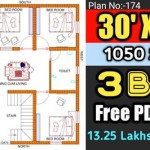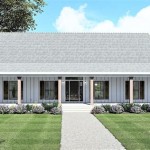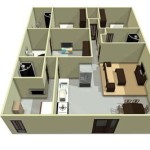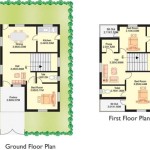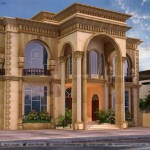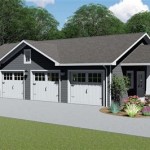Assisted Living Floor Plans: Navigating the Design
Choosing an assisted living facility is a significant decision for both the individual needing care and their family. A key element in evaluating facilities is understanding the floor plans, as they directly impact the resident's daily experience. Floor plans provide a blueprint for the layout and functionality of the living spaces, influencing everything from accessibility and convenience to safety and socialization.
Understanding the Basics of Assisted Living Floor Plans
Assisted living floor plans typically feature a blend of communal and private areas, catering to the varying needs of residents. Common features include:
-
Resident Apartments:
These are the private living spaces, varying in size and amenities depending on the facility. They often include a kitchenette, bathroom, and bedroom, designed for independent living with support services readily available. -
Communal Areas:
These spaces promote socialization and offer activities. They may include dining rooms, lounges, activity rooms, libraries, and even outdoor courtyards or gardens. -
Support Services:
Assisted living facilities offer essential services like medication management, personal care assistance, and transportation. The floor plan should clearly indicate the location of these services, ensuring easy access for residents. -
Accessibility:
Floor plans should emphasize accessibility for those with mobility limitations. This includes features like wide doorways, ramps, grab bars, and accessible bathrooms.
The specific layout and design of the floor plan often depend on the individual facility's philosophy and the demographics of its residents. Some facilities prioritize privacy and independence, offering larger apartments with more individual space. Others may focus on fostering a vibrant community atmosphere, with more emphasis on communal spaces and shared activities.
Essential Considerations for Assisted Living Floor Plans
When evaluating floor plans, families and residents should consider the following key aspects:
1. Functional Design for Daily Living
The layout of the apartment and communal spaces should prioritize functionality for residents' daily routines. This includes easy access to amenities like kitchens, bathrooms, and common areas. The placement of furniture and fixtures should allow for comfortable movement, especially for those using assistive devices. Consider the following:
-
Accessibility:
Are doorways wide enough for wheelchairs and walkers? Are ramps and handrails in place where needed? Are bathroom fixtures positioned for easy access? -
Safety:
Are there adequate lighting levels? Are hallways well-lit and free of tripping hazards? Do the layout and features minimize the risk of falls? -
Convenience:
Is the living space designed for easy navigation and use? Are essential amenities within reach without straining or requiring excessive movement? -
Privacy:
Do the apartments offer sufficient privacy for residents? Is there adequate noise insulation between units?
2. Socialization and Community Building
Floor plans should encourage socialization and community building among residents. This includes features that promote interaction, activities, and shared experiences. Consider the following:
-
Communal Areas:
Are there dedicated spaces for dining, socializing, and entertainment? Do these areas have comfortable seating arrangements and sufficient space for residents to gather? -
Activities:
Are there designated activity rooms for arts and crafts, exercise, or other hobbies? Does the layout allow for easy movement between communal areas and apartments? -
Outdoor Spaces:
Are there courtyards, gardens, or walking paths that encourage residents to enjoy fresh air and connect with nature?
3. Staff Accessibility and Support Services
Floor plans should ensure easy access to staff and support services. This is particularly important for residents who require frequent assistance with daily tasks or have medical needs. Here are some considerations:
-
Staff Stations:
Are there strategically placed staff stations or call systems for residents to easily request assistance? Are these stations visible and easily accessible from common areas and apartments? -
Support Services:
Are services like medication management, personal care, and transportation located in convenient and accessible locations? Do these services have waiting areas or private spaces for residents to receive care? -
Security:
Does the floor plan include security features like cameras, intercom systems, or controlled access points to ensure the safety of residents?
By carefully evaluating floor plans and understanding their implications, families can make informed decisions about assisted living facilities that best suit their loved one's needs and preferences. A well-designed floor plan promotes independence, safety, and socialization, contributing to an overall positive and fulfilling living experience.

Floor Plan Assisted Living Supports Bross Street

Floor Plans Personal Care Senior Living

American Orchards Assisted Living And Memory Care Floor Plans Senior Community

Gt Floor Plans Acc Senior Services

Assisted Living Floor Plans Senior Community In San Antonio The Lodge At Leon Springs

Floor Plans Personal Care Senior Living

Arbor Village Assisted Living Floor Plans Geneva Crossing

Assisted Living Room Layouts How To Decorate Them Caring Advisor

Floor Plans Home Design Luxury

Assisted Living Floor Plans Kingsley Shores Lakeville Mn


